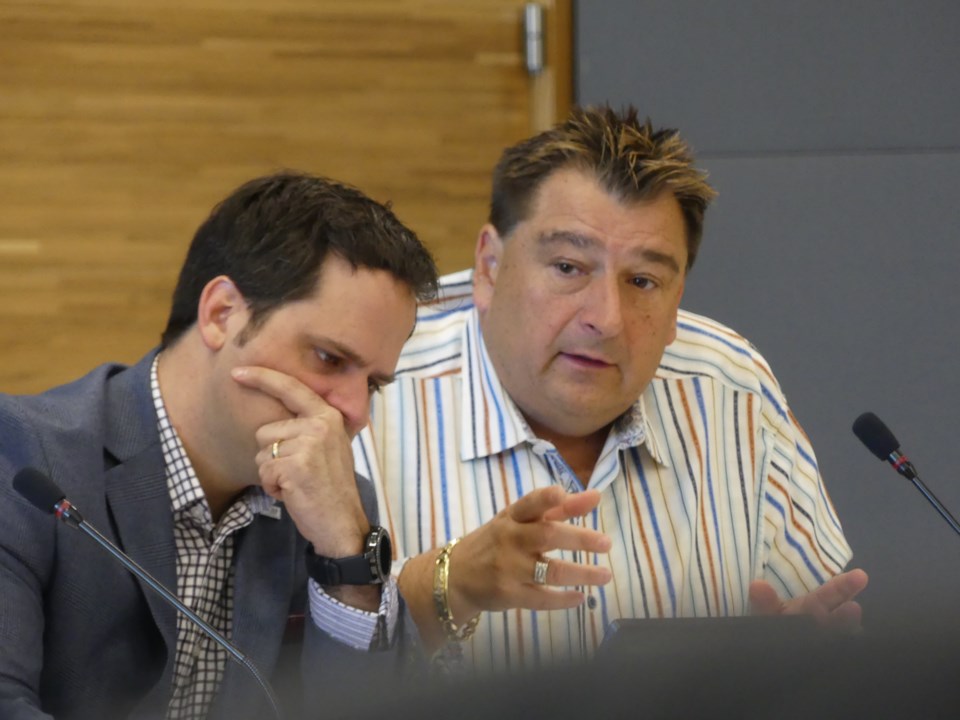Bradford West Gwillimbury’s Council wards are all over the map, no pun intended.
Ward 3 is by far the smallest, with just 2,300 residents stretched across the wide expanse of area from the Holland Marsh up to the Sixth Line; Ward 6, in the old part of Bradford, is a bit bigger at 2,700.
Ward 1, in the new west part of town, is more than double the size, with 5,100 residents—and growing.
Ward 7 has 4,300 residents and Ward 4 has 4,700, which I suppose makes them similar.
One would assume most wards would hew close to the average across all seven, but just two do: Ward 5 and Ward 2, with 3,700 and 3,600 residents, respectively.
From 2,300 to 5,100, with every variation in between, this discrepancy from ward to ward is a flaw that needs to be fixed to ensure fair democratic representation.
Ward 4, in particular, is a weird boundary, geographically speaking: it includes all of Bond Head, and then comes across County Road 88, and snakes up to include a portion of the subdivisions north of Bradford High School. I’ve often wondered if this was done by design, to mix the rural and Bond Head voters up with suburban Bradford.
I asked the ward Councillor, Ron Orr, about his ward.
He was blunt: “I have made it known that a review of the ward boundaries should be done. Ward 4 has had and will have large growth, so a realignment of the boundary would be my recommendation.”
Rebecca Murphy, the Town clerk, defends the state of the wards, arguing, “As expected the numbers are evening out a little as development occurs, but are still not equal by ward.”
It is true that often in a growing community, boundaries are drawn not based on what is true at the precise moment the boundaries are set, but rather by seeking to anticipate what the population will be, to enable the districts to cohere together in size over time, or else they would instead grow apart over time.
Murphy suggests, “The ward boundary review was last completed just before the 2010 election. Staff are bringing a report to Council to seek direction to examine ward boundaries again in 2021 before the next municipal election.”
She also notes, “Certainly any changes directed by the province as part of the County review would have to be taken into consideration.”
That provincial review the clerk references comes from Premier Doug Ford’s goal of driving savings by reducing the number of politicians.
Deputy Mayor James Leduc seized on this “less-is-more” approach, suggesting to me, “We need to shrink the wards…No matter what happens [with the province’s Regional Governance Review] I would certainly support smaller not larger.”
I think the Deputy Mayor is on to something.
He suggests six wards would do. If our voting population today is roughly 26,000, but growing quickly to 36,000 over the coming years, six wards could be divided roughly evenly rather easily: 6,000 voters per ward does seem inherently reasonable.
Now, the devil would be in the details on how to draw the boundaries geographically.
But at minimum, a reduction to six wards would save roughly $30,000 in a councillor’s salary and other expenses, and serve to standardise the size of the wards, to ensure democratic fairness.
Jonathan Scott is a public affairs consultant and writer, who has managed election campaigns for several politicians around Ontario, including BWG Mayor Rob Keffer.



